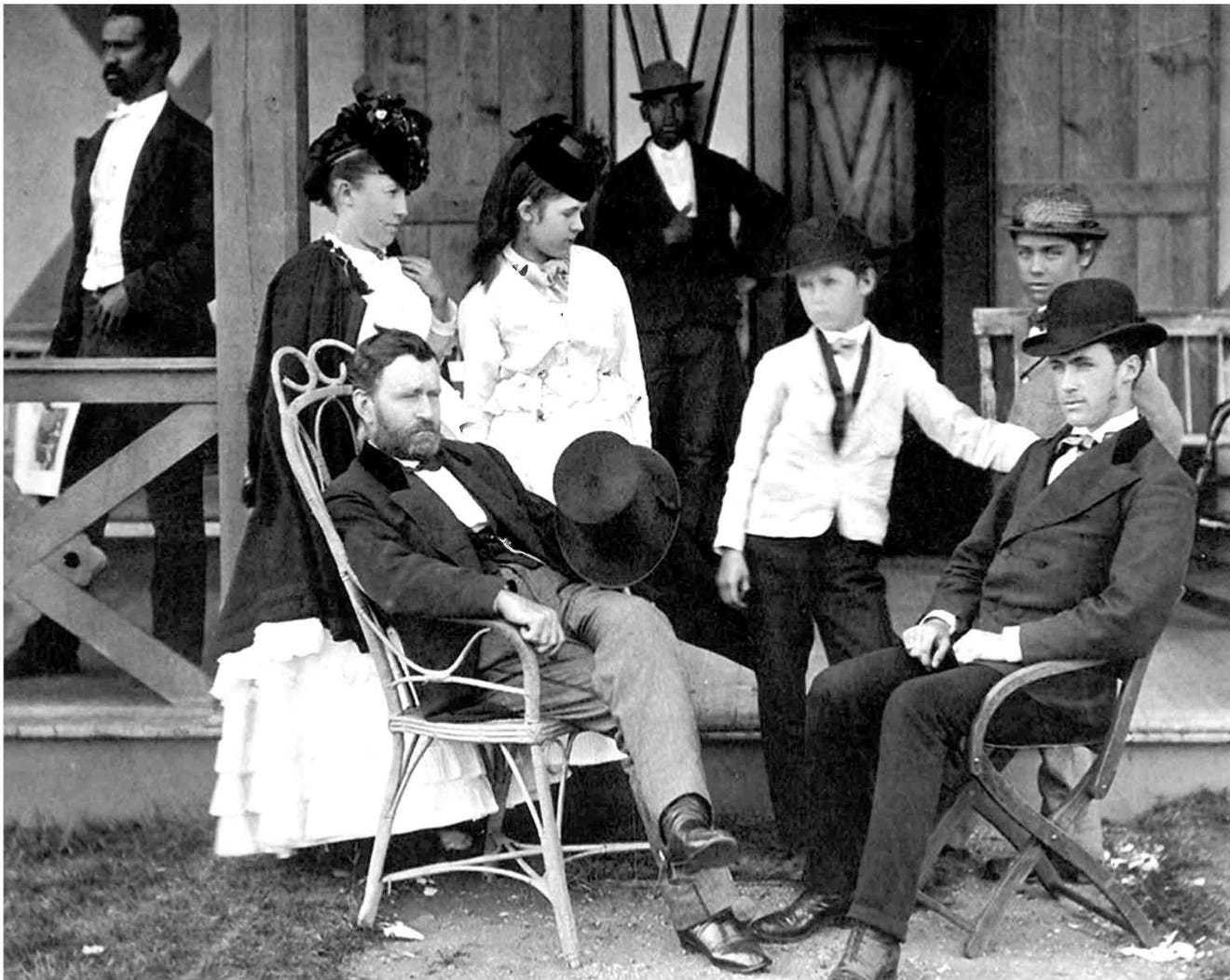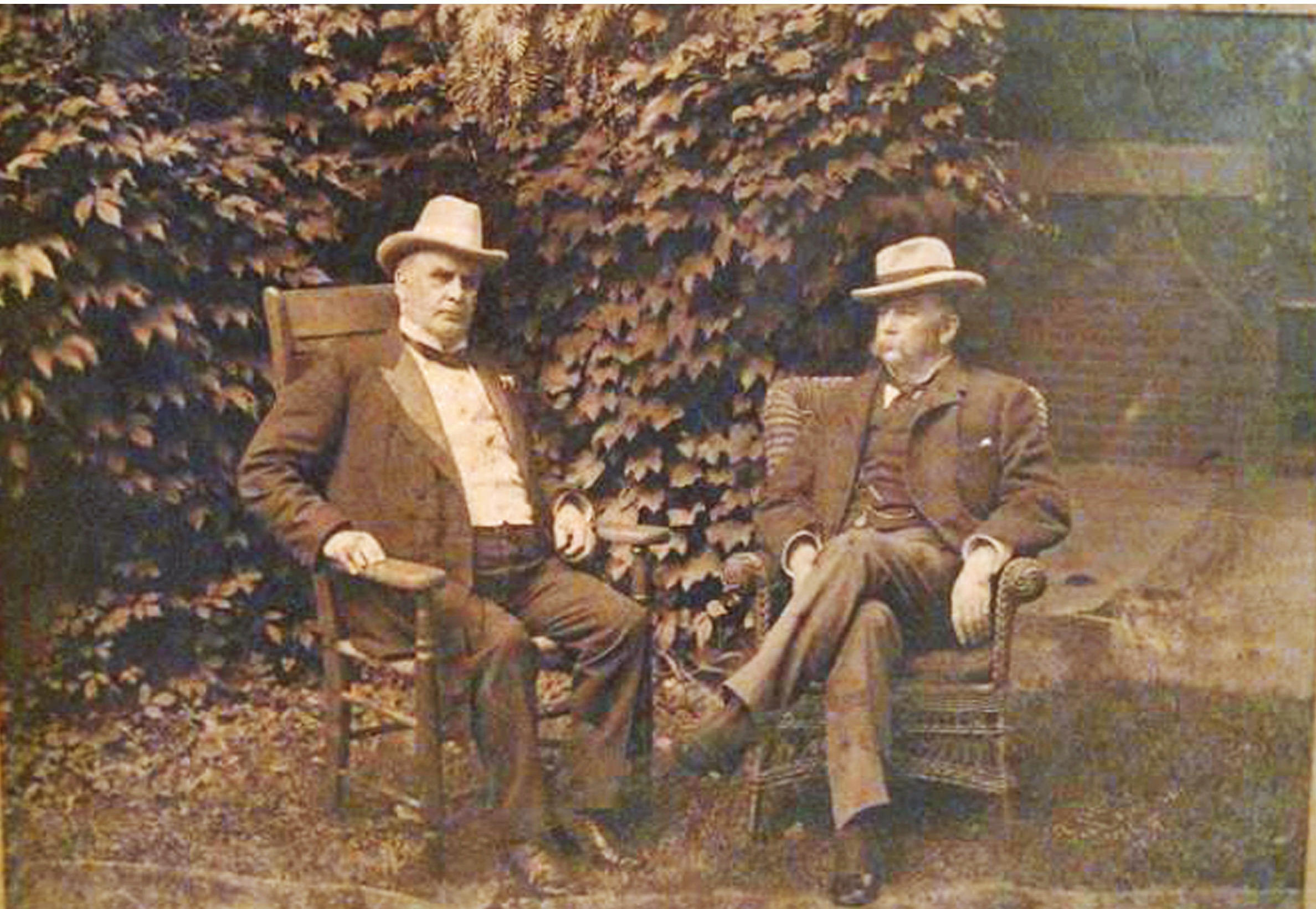
The Jersey Shore’s rich presidential history includes multiple chief executives who spent summers in our coastal resorts—giving rise to the phrase “Summer White House.” One president even died down the Shore. For 19th-century presidents and their families, the Shore was easy to reach from Washington, D.C. (and much cooler than the steamy capital city).
Here’s a look at the Shore’s presidential visitors:
- In the summer of 1855, Franklin Pierce of New Hampshire became the first president to vacation on the Jersey Shore. Pierce, the 14th president, spent a week at Congress Hall in Cape May. The inaugural presidential visit contributed to the town’s growing reputation as the “Queen of the Seaside Resorts.”
- In 1861, Mary Todd Lincoln, wife of Abraham Lincoln, and her children visited Long Branch, a town already competing with Cape May and Saratoga Springs, New York, as the nation’s foremost summer resort. The First Lady stayed at the fashionable Mansion House, attended balls and watched a demonstration of the latest life-saving techniques at the Coast Guard station house.
- In 1867, General Ulysses S. Grant visited Long Branch for a much-needed respite from his military duties. Two years later, this time as president, he returned for the summer. In 1869, his close friend George W. Childs, a prominent Philadelphia newspaperman, and others pooled funds to buy Grant his own cottage at 995 Ocean Avenue.

President Ulysses S. Grant and his family at their summer cottage in Long Branch. Courtesy of Long Branch Public Library
Over the next several years, Grant’s association with Long Branch earned the town the nickname of the “Summer Capital.” From Long Branch, Grant conducted government business, attended horse races at Monmouth Park and relaxed by the ocean with his family. He also loved to ride his own horses—too fast, in fact. He was once fined $20 for speeding.
Grant made visits elsewhere down the shore—notably to Atlantic City in 1874, and Ocean Grove and Cape May in 1875. He continued to vacation in Long Branch after leaving the White House. Grant began his famed memoirs in Long Branch before decamping to upstate New York to complete his manuscript just days before dying of throat cancer.
- In the summer of 1881, President James A. Garfield and his family vacationed at the Elberon Hotel in Long Branch. Ex-president Grant, who harbored resentment about not receiving a third term, reportedly ignored Garfield in the hotel dining room. Later, Grant paid his respects to the new president at a reception, offering a “tardy recognition of the respect due to the office he once held,” as Garfield put it.
Garfield’s time in New Jersey was short-lived. On July 2, an assassin fired two bullets into Garfield as the president entered a Washington, D.C., train station. Garfield lingered for months before eventually being moved by train to Elberon, where it was thought the sea air might help his recovery. To accommodate the train’s path, the people of Long Branch overnight built a 5/8th-mile spur to Francklyn Cottage.
Unfortunately, the wound in Garfield’s back became infected; he died September 19. A historic marker commemorates the spot where the cottage once stood. The city of Garfield is named for the martyred president.
- In 1889, President Benjamin Harrison relocated operations to Cape May, establishing the “Summer White House” at Congress Hall. The next year, a group of friends led by Postmaster General John Wanamaker presented Harrison with the gift of a cottage in the fashionable Cape May Point district.
Harrison spent two more summers in Cape May. After leaving office, he returned to the Shore for summer vacations. In 1894 and in 1898, Harrison enjoyed extended stays in Monmouth Beach and Elberon.

President William McKinley and Vice President Garret Hobart. Courtesy of Long Branch Public Library
- In 1897, William McKinley won the presidency with a New Jersey native, Garret Hobart, as his vice president. Born in West Long Branch, Hobart returned to spend summers there. In August 1899, McKinley visited Long Branch and Ocean Grove, and stayed with Hobart at his summer home in the Norwood Park section of West Long Branch.
Unfortunately, Hobart was afflicted by Bright’s disease (a kidney ailment); he died on November 21, 1899. The next year, McKinley was elected for a second term, with Theodore Roosevelt as his vice president. McKinley’s assassination in 1901 sent Roosevelt to the White House.
- Woodrow Wilson, a Virginia native, is the last sitting president to have spent significant time down the Shore. In August 1912, Wilson—then governor of New Jersey—awaited formal notification of his nomination by the Democratic National Convention at the governor’s summer residence in Sea Girt.
Four years later, Wilson, as president, returned to New Jersey to kick off his reelection campaign from Shadow Lawn in West Long Branch—a mansion that stood on the grounds of what is today Monmouth University. For six weeks, Shadow Lawn served as the Summer White House.
Wilson’s prominence in New Jersey history has recently been questioned. For his racist views, Princeton University and Monmouth University have removed his name from campus buildings.
Thomas Balcerski, a native of New Jersey, teaches American history at Eastern Connecticut State University. He tweets at @tbalcerski.



